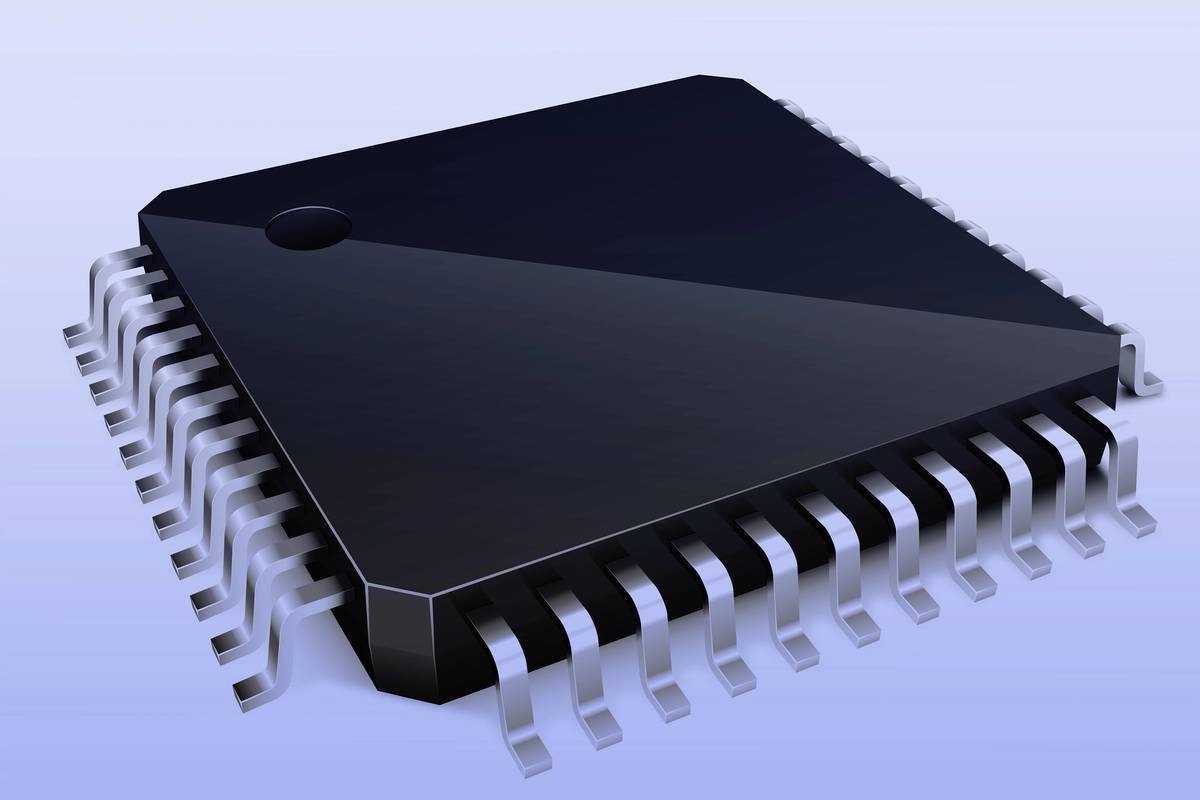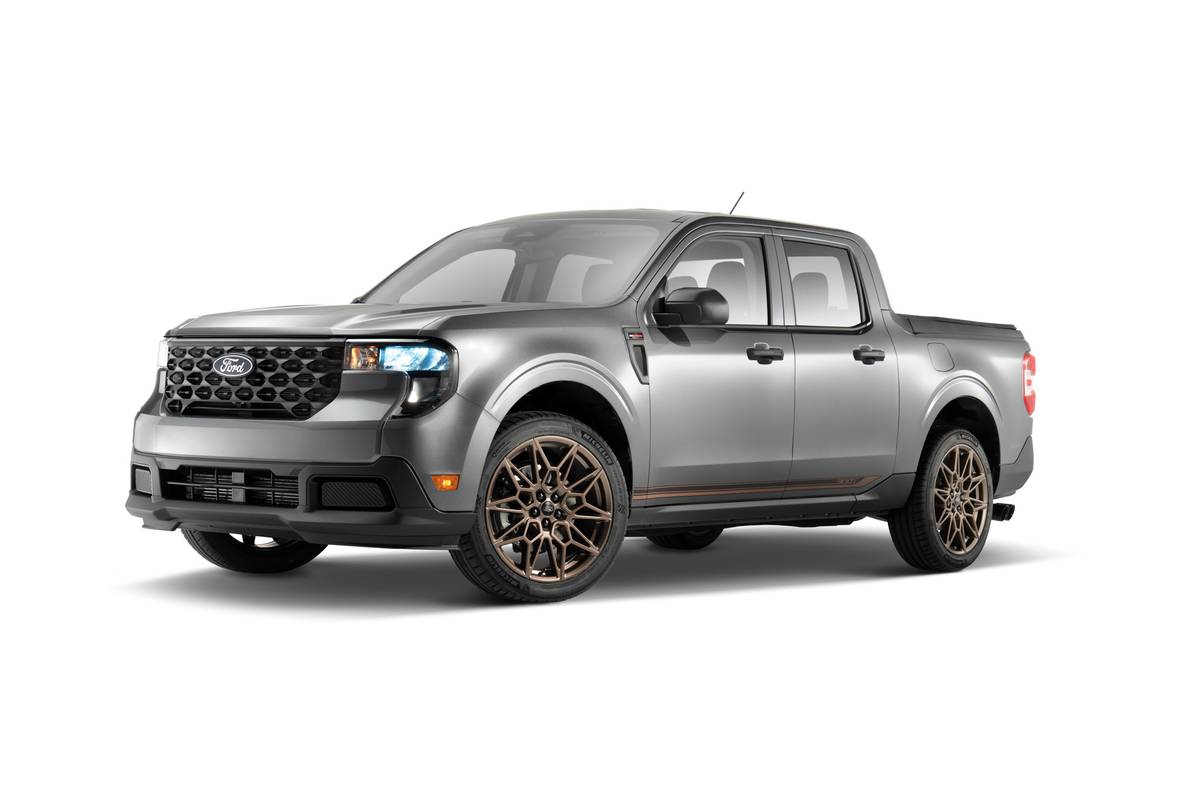washingtonpost.com's view
I first drove the Oldsmobile Aurora in 1994, the year it was introduced. I was impressed then, mostly because I had believed that General Motors Corp. could never achieve what was represented by that car–modern, attractive, high-end quality. It was a pleasant surprise, though it wasn’t perfect.
The debutante Aurora’s back window had a defective curvature that obscured rear vision. The interior was well-assembled. But rear passenger space was deficient. It was supposed to seat five people but really accommodated four.
And there were those classic GM trademarks–fat A-pillars framing the windshield, and heavy, heavy doors.
But those shortcomings did not undermine the overall muscular beauty and superior highway performance of the car. Getting behind the Aurora’s wheel meant not having to get up for miles. It was seductive, a motorized siren song sung by an exquisitely tuned V-8 and accompanied by the muffled rhythms of an expertly suspended automobile moving over the road.
I recently recaptured that joy in a week-long affair with the 1999 Aurora, which essentially is unchanged since 1994, with the exception of some beneficial tweaks.
For example, that bothersome curvature in the rear window is gone, though there remains a visually challenging rear-panel hump created by the high-mounted center stop light.
Noise, vibration and harshness, barely evident in the first car, have even less presence in the current model, thanks to the addition of more hydraulic mounts to help dampen engine shake. And the Aurora’s suspension system, already good, has been made better over the years. The car snuggles into curves, with little body sway.
Still, annual sales of a bit more than 25,000 Aurora sedans are not enough. This is Oldsmobile’s lead car. It heads a lineup including the Alero and Intrigue mid-size sedans, the Bravada sport-utility wagon and the Silhouette minivan. (The Olds 88 and Cutlass have been deep-sixed.)
To help boost the Aurora’s numbers, Oldsmobile is giving the car a complete make-over for 2001 (which means that the 2000 Aurora will be a carry-over from 1999, and a probable luxury-car bargain as well).
The 2001 Aurora will be introduced next spring. In exterior styling, it will be sleeker than the current model. Yet, GM engineers say, it will have more interior space, meaning ample seating for five adults.
The fabulous 4-liter, 250-horsepower V-8 will remain, but no longer will be exclusive Aurora ware. Not everyone can afford, nor does everyone want, a V-8.
To help broaden the Aurora’s market, GM will add a 3.5-liter, 215-horsepower V-6, currently used in the 1999 Intrigue. Whether consumers will perceive the V-6 Aurora as a super-Intrigue or lesser Aurora remains to be seen. The spin could be the difference between sale and no sale.
I’m pleased that GM intends to stick with the Aurora. It is one of my favorite cars, largely because it is a symbol of America’s willingness to stay and fight rather than cut and run. Some folks might find that jingoistic. But a country without jingos, and the will to back them up, is one without a competitive economic future.
1999 Oldsmobile Aurora
Complaint: The 1999 Aurora has 14.9 cubic feet of trunk space, which seems sufficient, but it’s not. Usable trunk space is compromised by the swooped styling of the car’s rear end.
Praise: A solid car. Overall, it’s well-constructed and well-engineered. An absolute joy to drive long distances.
Ride, acceleration and handling: World competitive. One of the best-handling luxury sedans available. Excellent braking. Brakes include power four-wheel discs with standard anti-lock.
Head-turning quotient: Some people love it. Others loathe it. All are passionate. That’s the way it should be. The car makes a statement.
Capacities: Seats two people up front and two comfortably in the rear. The third rear passenger had better be small. Fuel tank holds 20 gallons; premium unleaded required.
Engine: A cast-aluminum, 4-liter V-8 that produces 250 horsepower at 5,600 rpm and 260 pound-feet of torque at 4,400 rpm.
Mileage: About 23 miles per gallon in city/highway driving. Estimated 450-mile range.
Safety: Active safety equipment, including a standard traction-control system. The usual passive safety devices, dual front air bags and side-impact protection.
Price: Base price on the 1999 Aurora is $36,229. Dealer invoice price on base model is $32,787. Keep in mind that “base” here practically means fully loaded; there’s a short options list. Price as tested was $38,865, including $1,095 for power sliding glass sunroof, $871 for a Bose Acoustimass sound system and a $670 destination charge.
Purse-strings note: You can bargain on the 1999 and 2000 Auroras, which basically are the same. Compare with the Lexus ES 300, Mercedes-Benz E320, Lincoln Continental and Volvo S80 sedan. Seriously.
Latest news



